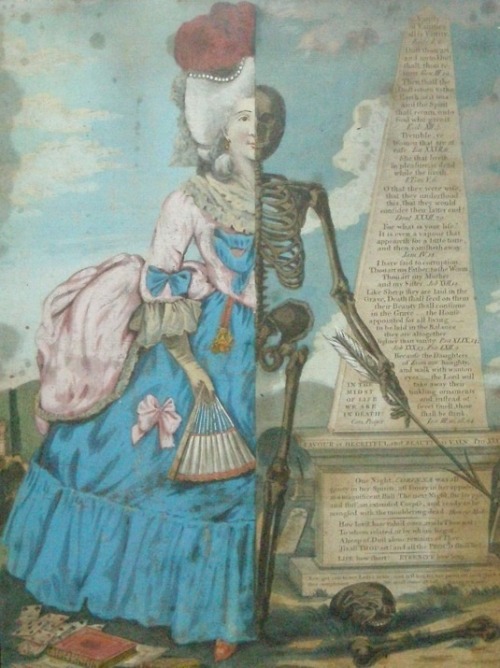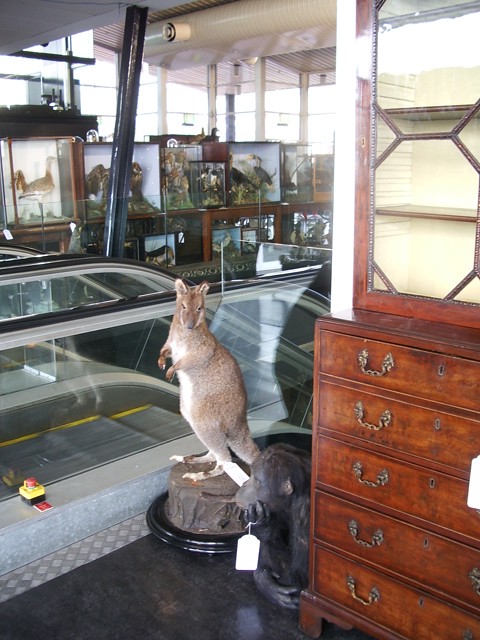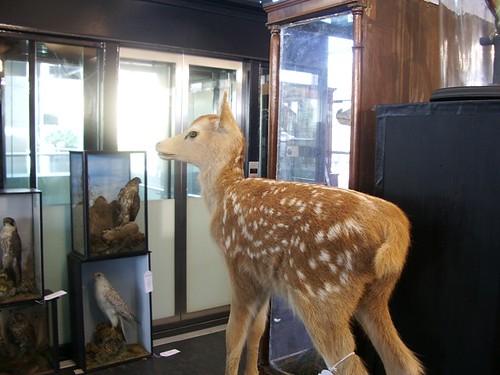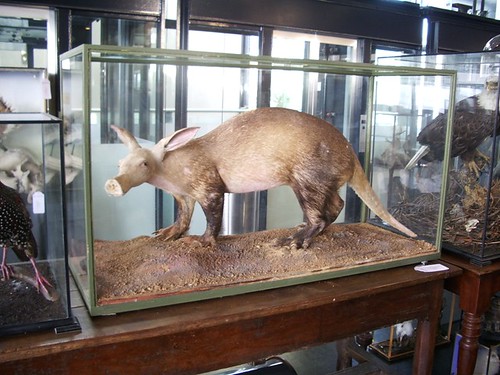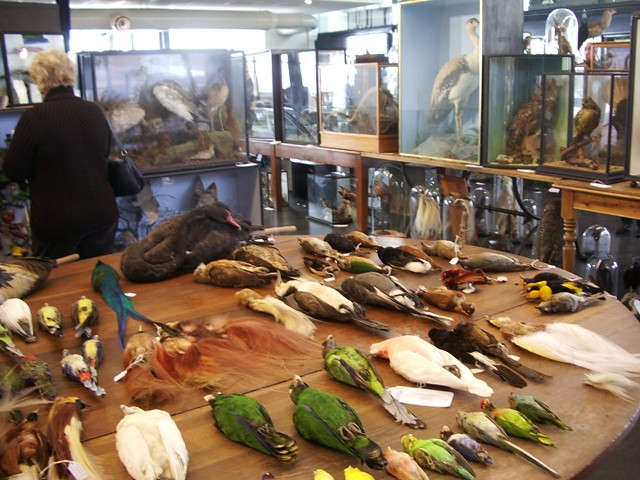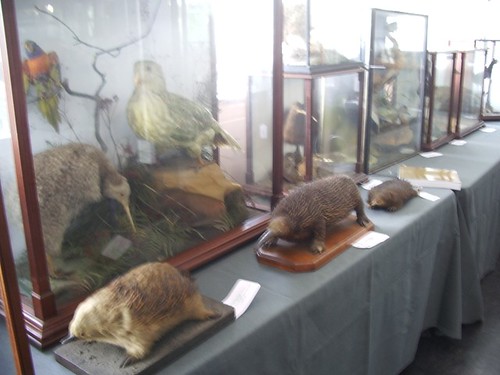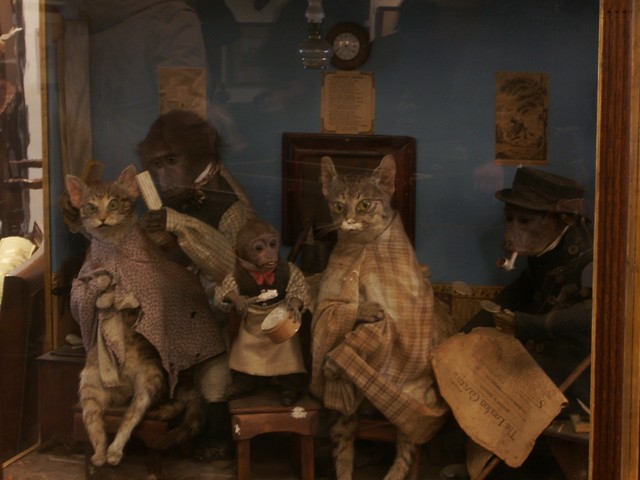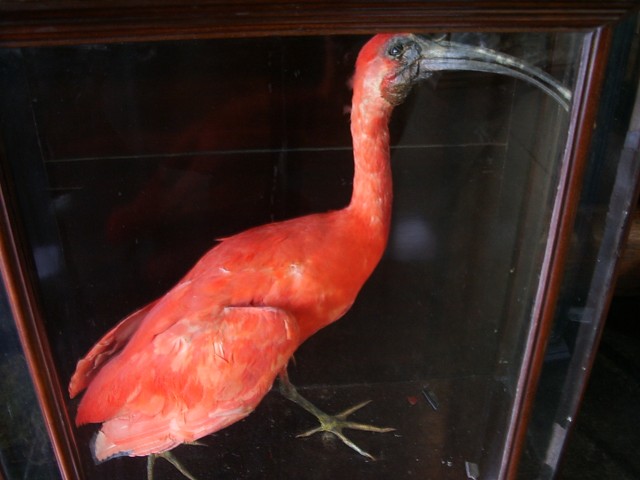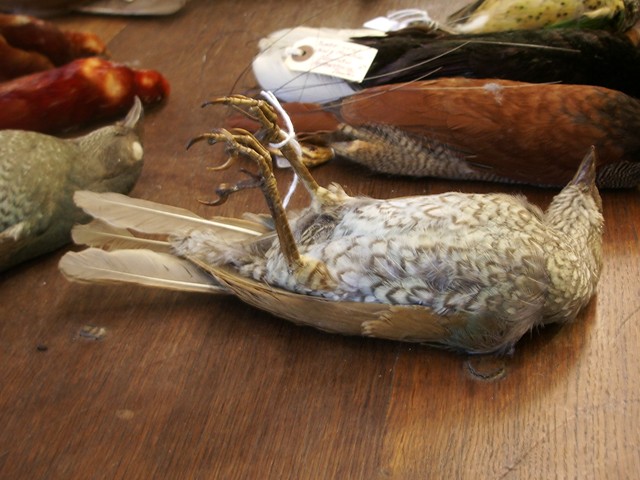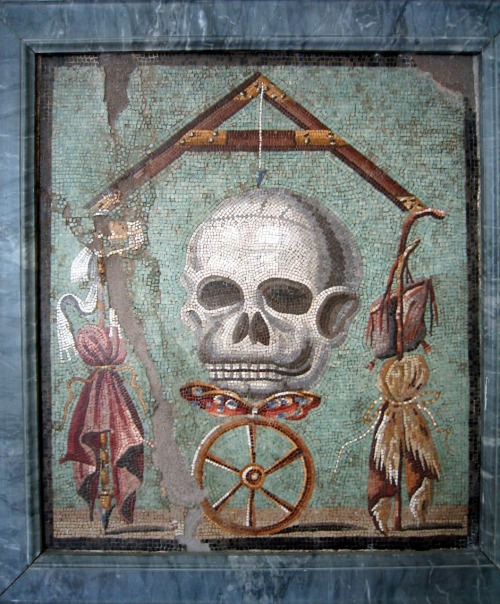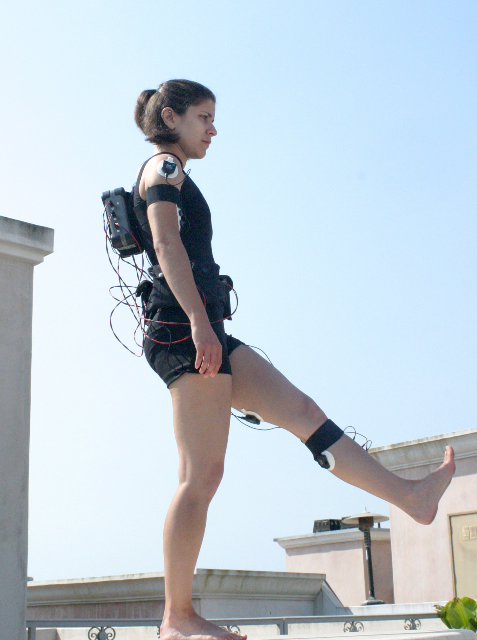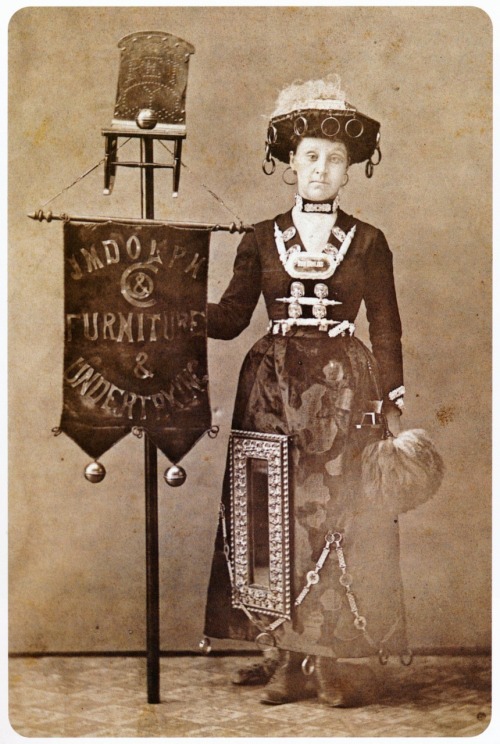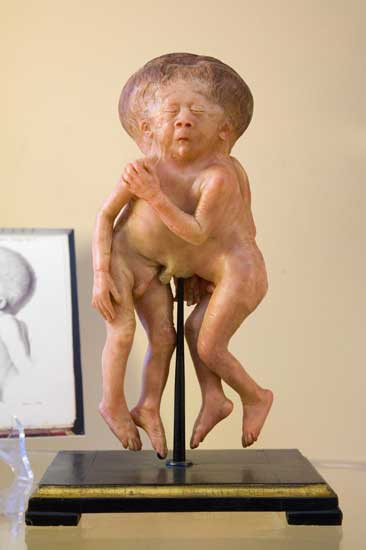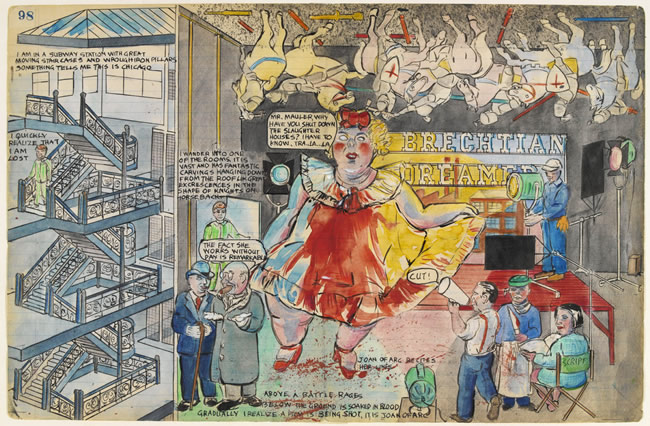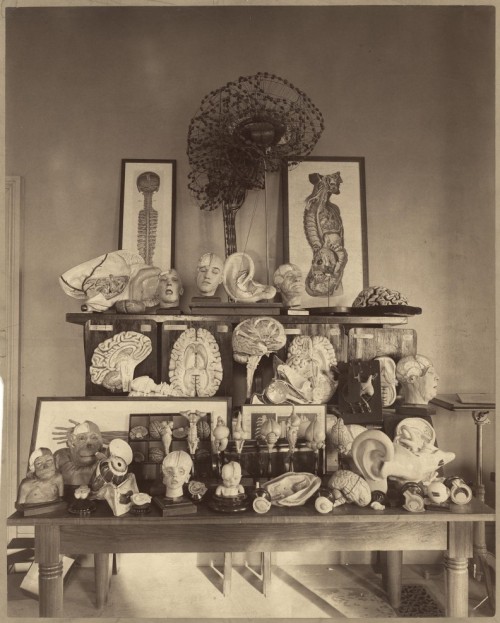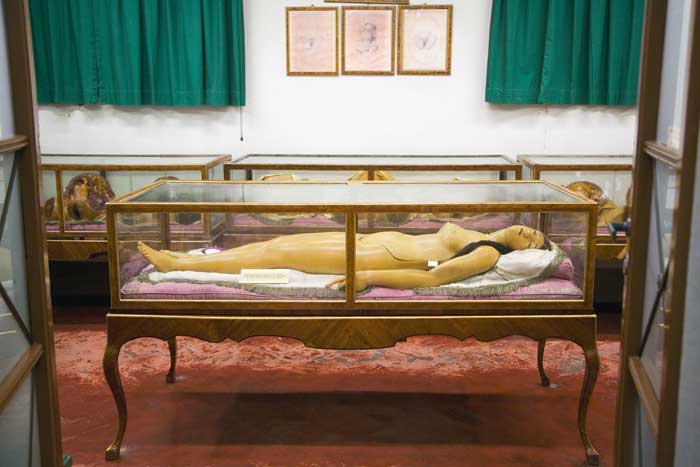
Pornographic peepshows and Walter Benjamin's Arcades project! Forensic photography by a former forensic photographer! Saints and torture as they related to anatomical representation! Human memorial tattoos! Macabre Victorian i3D, lecture and private collection demonstration!
We've got a great bunch of new events coming up at Observatory in July and August; full details (in date order) follow. To see them in a neater and easier-to-read form, please click here.
Hope to see at one or many of these spectacular events!
You can find out more about these presentation here, here, here, here, and here, respectively. You can get directions to Observatory--which is next door to the Morbid Anatomy Library (more on that here)--by clicking here. You can find out more about Observatory here, join our mailing list by clicking here, and join us on Facebook by clicking here.
Radical Detectives: Forensic Photography and the Aesthetics of Aftermath in Contemporary Art
An illustrated lecture by artist and former forensic photographer Luke Turner
Date: Tuesday, July 13
Time: 8:00 PM
Admission: $5
Presented by Morbid Anatomy
Forensic autopsy, crime, and death scene photographs hold a strong fascination in culture. These specific types of photographs present to the viewer a mediated confrontation with horror. In the context of a courtroom, there is a presupposition that the scientific or analytic use value assigned to the photograph will function to shift the viewer’s position from voyeur to detached collector of facts relevant to the legal system. Yet neither position is stable, and the psyche must contend with a complexity of vision that exceeds either classification.
In this slide show, artist and former forensic photographer Luke Tuner will present images from the history of forensic photography, slides from cases that he has photographed, and documentation of modern and contemporary art works that engage the viewer in the reconstruction process. Some relevant concepts explored by artists are crime scene reconstruction in Pierre Huyghe’s “Third Memory”, entropy in the work of Robert Smithson, accumulation in Barry LeVa’s pieces, the logic of sensation in the painting of Francis Bacon, something about that guy that had himself shot in a gallery, and many more. He will also discuss the curatorial work of Ralph Rugoff, and Luc Sante who have both made important connections between art and the forensic image.
Thoughts by philosophers of the abject/scientific, such as Julia Kristeva, Georges Bataille, Paul Feyerabend, Paul Virilio, and others, will be brought into play with the visual presentation. We will explore strategies of resistance to an “official” culture that attempts to legitimize a fixed methodology for the interpretation of evidence. As we emerge from art and philosophical tangents, the lecture will conclude with an argument for why the characters of Agent Dale Cooper from Twin Peaks and Laurent, the protagonist of Alain Robbe-Grillet’s The Erasers, personify two notions of the radical detective through their unconventional approaches to the interpretation of evidence.
Luke Turner is an artist / writer / gallery preparator, who previously worked for three years as a forensic photographer for various Medical Examiner and Coroner’s Offices. Luke has lectured at Glendale Community College in Los Angeles and at California College of the Arts in San Francisco. He is the recent founder of the art blog Anti-EstablishmentIntellectualLOL!.
Morbid Ink: Field Notes on the Human Memorial Tattoo
An Illustrated lecture with Dr. John Troyer, Deputy Director, Centre for Death and Society, University of Bath
Date: Tuesday July 20th
Time: 8:00
Admission: $5
Presented by Morbid Anatomy
In 1891, Samuel F. O’Reilly of New York, NY patented the first “…electromotor tattooing-machine,” a modern and innovative device that permanently inserted ink into the human skin. O’Reilly’s invention revolutionized tattooing and forever altered the underlying concept behind a human tattoo, i.e., the writing of history on the body. Tattooing of the body most certainly predates the O’Reilly machine (by several centuries) but one kind of human experience remains constant in this history: the memorial tattoo.
Memorial tattooing is, as Marita Sturken discusses the memorialization of the dead, a technology of memory. Yet the tattoo is more than just a representation of the dead. It is a historiographical practice in which the living person seeks to make death intelligible by permanently altering his or her own body. In this way, memorial tattooing not only establishes a new language of intelligibility between the living and the dead, it produces a historical text carried on the historian’s body. A memorial tattoo is an image but it is also (and most importantly) a narrative.
Human tattoos have been described over the centuries as speaking scars and/or the true writing of savages; cut from the body and then collected by Victorian era gentlemen. These intricately inked pieces of skin have been pressed between glass and then hidden away in museum collections, waiting to be re-discovered by the morbidly curious. The history of tattooing is the story of Homo sapiens’ self-invention and unavoidable ends.
Tattoo artists have a popular saying within their profession: Love lasts forever but a tattoo lasts six months longer.
And so too, I will add, does death
Dr. John Troyer is the Death and Dying Practices Associate and RCUK Fellow at the Centre for Death and Society at the University of Bath. He received his doctorate from the University of Minnesota in Comparative Studies in Discourse and Society in May 2006. From 2007-2008 he was a Visiting Assistant Professor in the Department of Comparative Studies at The Ohio State University teaching the cultural studies of science and technology. Within the field of Death Studies, he analyzes the global history of science and technology and its effects on the dead body. He is a co-founder of the Death Reference Desk website and his first book, Technologies of the Human Corpse, will appear in spring 2011.
Echoes of Mutilation: The Saints and their Afterlives
An illustrated lecture by Colin Dickey, author of Cranioklepty: Grave Robbing and the Search for Genius
Date: Saturday, July 24
Time: 8:00 PM
Admission: $5
Presented by Morbid Anatomy
In the wake of the photos of Abu Ghraib, images of torture have been pushed back into the forefront of American consciousness, but Western history has had a long and complicated relationship with images of torture. Colin Dickey discusses images of torture in the cult of Christian saints, particularly Saint Bartholomew (who was flayed alive), Saint Lucy (whose eyes were gouged out) and Saint Agatha (whose breasts were cut off). Inverting the traditional relationship of torturer and powerless victim, Christian imagery turned the act of torture into empowerment, where specific methods of torture became iconically associated with specific saints. As the cult of the saints waned, these images of torture began to filter into European consciousness in bizarre and fascinating ways, appearing in everything from Renaissance anatomy textbooks to the paintings of Paul Gauguin to the feminist art of the 1970’s.
Colin Dickey is the author of Cranioklepty: Grave Robbing and the Search for Genius, and the co-editor (with Nicole Antebi and Robby Herbst) of Failure! Experiments in Aesthetic and Social Practices. His fiction and nonfiction have appeared in Cabinet, TriQuarterly, and The Santa Monica Review. A native of the San Francisco Bay Area, he now lives in Los Angeles. This is a return visit for Colin, who lectured on Cranioklepty earlier this year at Observatory to great acclaim; more on that lecture can be found here.
Diableries, Medical Oddities and Ghosts in Amazing Victorian 3D!
An illustrated lecture and artifact display by filmmaker and collector Ronni Thomas
Date: Friday, July 30th
Time: 8:00 PM
Admission: $5
Presented by Morbid Anatomy
Tonight, join Observatory for a night of unique 3D stereo-views from the 1800s featuring HAUNTING double exposure ghost images, DISTURBING medical anomalies and the ever ELUSIVE french Diableries (or devil tissues)!
3D is very much in the news these days, and while hollywood has finally come close to perfecting this technology for the silver screen, people are largely unaware that the Victorians were also aficionados of 3D technologies, and that this interest often took a turn towards the macabre. Tonight, filmmaker and collector Ronni Thomas will lecture on the history of macabre 3D spectacles of the Victorian age, especially the infamous Diableries series–masterfully designed 3D stereo ’tissues’ created in france in the 19th century, backlit and featuring ornate scenes depicting the daily life of Satan in Hell (see image to left for example).Tongue in cheek and often controversial, these macabre spectacles give us a very interesting look at the 19th century’s lighthearted obsession with death and the macabre, serving as a wonderful demonstration of the Victorian fascination with themes such as the afterlife, heaven, hell and death.
In addtion to the lecture, Thomas will display original Diablaries and other artifacts from his own collection. Guests are encouraged to bring their own pieces and, better yet, a stereo-viewer.
The Pornographic Arcades Project: Adaptation, Automation, and the Evolution of Times Square (1965-1975)
An Illustrated lecture with Amy Herzog, professor of media studies and film studies program coordinator at Queens College, CUNY
Date: Friday, August 6
Time: 8:00
Admission: $5
Presented by Morbid Anatomy
Walter Benjamin, in his fragmentary Das Passagen-Werk, illuminated the resonances between urban architectural structures and the phenomena that define a cultural moment. “The Pornographic Arcades Project” is a work-in-progress, seeking to build on Benjamin’s insight to ask what a study of pornographic peep show arcades might reveal about the cultural imaginary of the late twentieth century.
Motion picture “peeping” machines have existed since the birth of cinema, and were often stocked with salacious titles. Public arcades devoted to pornographic peep booths only began to appear in the late 1960s, however, although once established, they proliferated wildly, becoming ubiquitous features in urban landscapes. Outfitted with recycled technologies, peep arcades were distinctly local enterprises that creatively exploited regional zoning and censorship laws. They became sites for diverse social traffic, and emerged as particularly significant venues for gay men, hustlers, prostitutes, and other marginalized groups. The film loops themselves often engage in a strange inversion of public and private, as “intimate interiors” are offered up to viewers, at the same time that the spectators are called out by the interface of the machines, and by the physical structures of the arcades.
Peep arcades set in motion a complex dynamic, one that sheds light on wider contemporary preoccupations: surveillance videography and social control; commodification, fetishization, and sexual politics; debates regarding vice and access to the public sphere. Less obvious are they ways in which the arcades subvert far older fascinations, such as technologies of anatomical display and the aesthetics of tableaux vivants.
Amy Herzog is associate professor of media studies and coordinator of the film studies program at Queens College, CUNY. She is the author of Dreams of Difference, Songs of the Same: The Musical Moment in Film (Minnesota, 2010). She recently curated an exhibition at The James Gallery, CUNY Graduate Center on the dialogue between pornographic peep loops and contemporary art practices; you can find out more about that exhibition, entitled “Peeps”, by clicking here.






